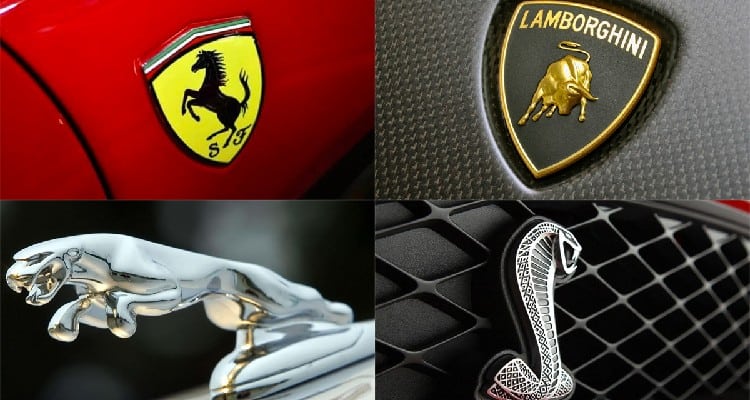The global luxury market is growing exponentially and the curve will continue to increase amidst the recession times. The last two years haven’t been the best time for any industry, Luxury segment is no exception. The luxury industry had a bigger challenge as we went through times when all we wanted was good health and basic supplies. No one dreams of a $ 2290 worth of Gucci bag when we are dreaded with fear if we will be alive or not.
In a usual scenario – international travels, fashion events, and visits to elite stores and fancy malls create opportunities to experience luxury in form of shopping for luxury goods or lifestyle purchases. Unfortunately, the pandemic has put a halt to all these avenues.
Stock market violation, inflation and economic progress slowing down are also some of the roadblocks in the path. But well as they say luxury is always the king of the jungle. In any stormy circumstances at Jungle, King will always be on top of the game. The luxury industry too survived the pandemic and how!
Luxury can be experienced in the form of products in footwear, fashion or jewellery categories and lifestyle purchases like automotive, travel, home and interior design etc…
The prestigious company Bain & Co. studies the luxury industry in depth. As per their findings, the global luxury goods market is expected to reach USD 317490 million by 2028. In the COVID-19 crisis times, the real hero has been accessibility to luxury goods on e-commerce platforms. Many of the top gamers in the luxury industry have ensured to keep up with an online strategy plan. The luxury sales online boosted from 12 to 22 per cent in the covid times and as per Bain, the sales are expected to grow to 30 per cent by 2025.
Bain states one needs to change the way the physical stores function by looking at the online sales boom. “Stores haven’t lost their purpose, but brands need to reinvent them to better engage with customers, in a way that transcends channels. Stores will have to pivot from a transactional role to becoming venues for a broader range of customer interactions. Luxury brands have grown accustomed to presenting a monologue about themselves in stores that feel like temples. Increasingly, they will need to transform stores into places that feel like home, delivering distinctive, immersive experiences and engaging in a genuine dialogue with customers, ” writes Bain.
The trend from experiencing luxury goods to experiencing luxury services has increased. People want to feel the lavishness and live and breathe the elite life. The global luxury market has various segments under its bracket like personal luxury goods, luxury cars, luxury hospitality, luxury cruises, designer furniture, fine food, fine wine and spirits, private jets, yachts and fine art.
Interestingly Luxury cars segment takes up the bigger pie. Among the rest of the segments, luxury car growth has higher visibility. The market value is expected to reach USD 350.37 billion by 2029. Next in line is personal luxury goods followed by luxury hospitality. Riding luxury cars is everyone’s big fantasy and a long-cherished dream. One can rent a luxury car anytime and anywhere now and paint the town red.








